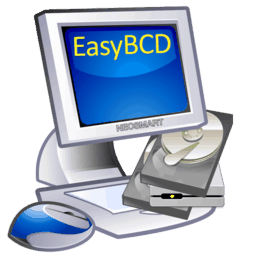Windows Vista has RTM’d. No it hasn’t, Microsoft told me it goes out on Wednesday. Vista’s not coming out ‘till 2007. Vista RTM’d a month ago and Microsoft is planning to release it in time to subvert the minds of the American public to vote Democrat!
It doesn’t matter which of these you believe, it seems all and none of them are true at once. It also seems that something mighty fishy is going on in the higher-echelons of Vista blogging. Since last night, there have been rumors abound that Vista had “gone gold” at build number 6000.16386 – RTM was here. This “news” wasn’t confirmed by any independent sources at the time. Clear as mud, but at least no conspiracy theories – yet.



 “Windows Vista is the
“Windows Vista is the 